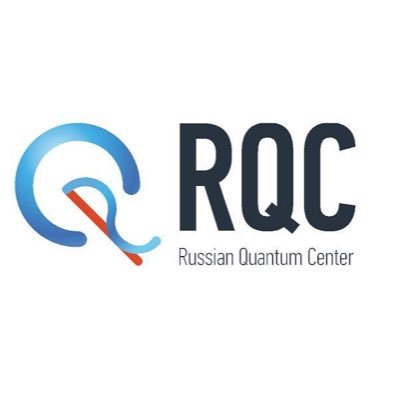The Seventeenth lecture "Physical and Chemical Processes of Guest Particles in Superfluid Helium" in "Open RQC colloquium"
From 10:00 until 11:30
At National University of Science and Technology MISIS
Moscow, Leninskiy prospekt 4
Russian Quantum Center
The Seventeenth lecture "Physical and Chemical Processes of Guest Particles in Superfluid Helium" in "Open RQC colloquium" will be held in National University of Science and Technology MISIS (Moscow, Leninskiy prospekt 4) lecture hall № Б-536 (5th floor), on 3rd of February 2017 at 10:00 a.m by Eugene B. Gordon, Principal Scientist of IPCP and Professor of Chemical Physics in MIPT.
Abstract
It was believed until recently that superfluid helium (HeII) is the simplest low-temperature environment: as a quantum fluid it represents a continuous medium with spatially averaged characteristics; and its famous record high thermal conductivity eliminates any local overheating. It means that any physical and chemical processes between guest particles should be controlled by simple diffusion and strictly isothermal.
We found that all these suggestions are completely wrong. Firstly, all particles tend to concentrate in the cores of quantized vortices always existing in He II. These vortices are practically one-dimensional objects with diameter of about 1 Å and length of up to few centimeters. This induced the earlier unknown fast process of spatially inhomogeneous condensation in He II producing the long thin filaments. The second, the high rate of heat transfer exists only below some moderate limiting heat flux of few watts per cm2. Above this value the strong turbulence develops in He II, that disrupts the laminar motion of the normal component. For that reason all physical and chemical processes in He II proceed practically adiabatically and the local overheating may be as high as several thousand K.
We used these peculiarities as the base of the universal techniques of producing the ultrathin nanowires with perfect shape and dense-packing structure. The nano-hetero-structures applicable for the variety of goals should be synthesized as well. The exotic properties and high possible cost of such structures justify the application of expensive and small-scale low temperature method of their preparation. Besides this study demonstrates the first practical application of the beautiful phenomenon of liquid helium superfluidity.
Biography
Eugene B. Gordon has completed his PhD in 1970 from Moscow Institute of Physics and Technology (MIPT) and Doctor of Science degree in 1981 from Institute of Problems of Chemical Physics (IPCP), Russian Academy of Sciences. In 1983 he became Professor of Chemical Physics. Now he is the Principal Scientist of IPCP and Professor of Chemical Physics in MIPT. He has published more than 160 papers in reputed journals and he is the member of All-Russia Supreme Qualification Committee, the member of Dissertation Councils in the IPCP and in Joint Institute of High Temperatures. His main interests are the physics and chemistry of lasers, chemical physics at low temperature, molecular physics.



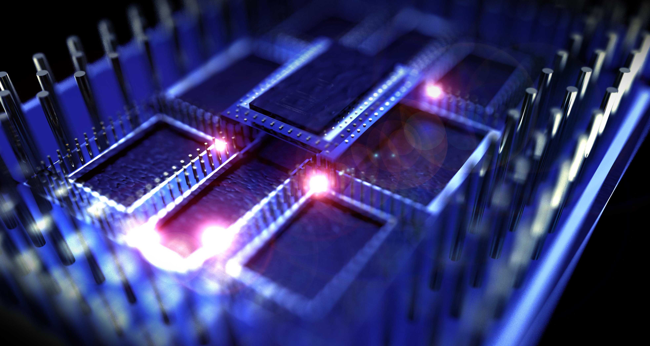
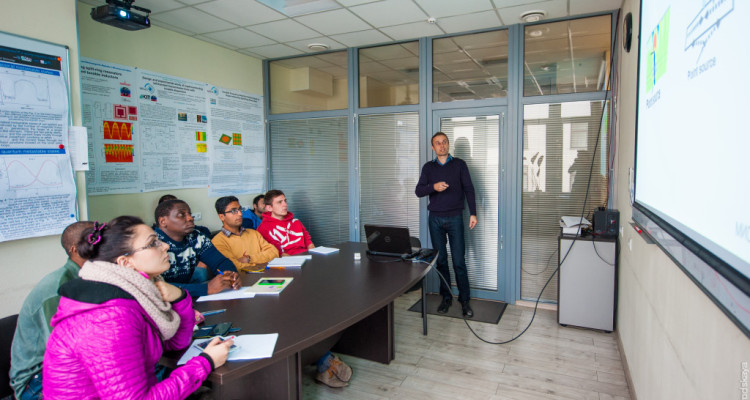
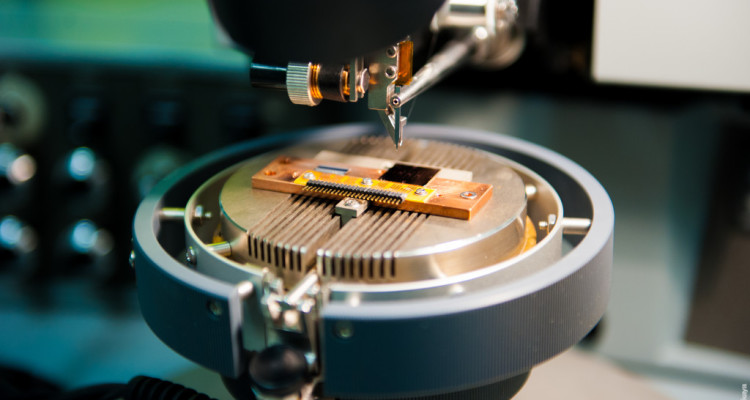
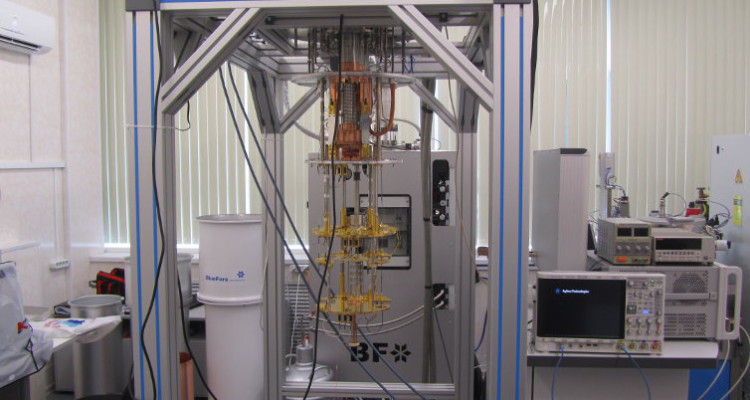
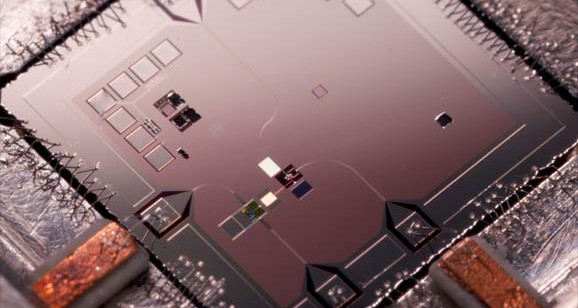
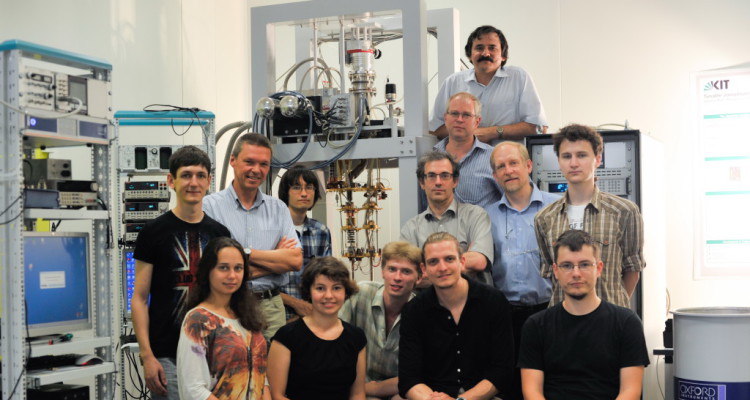
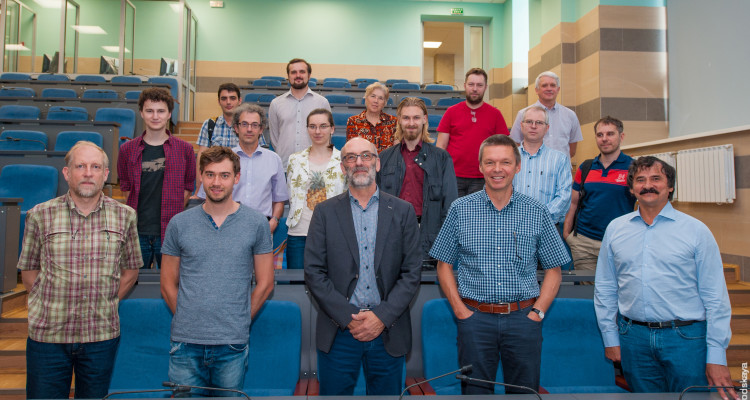
 29 January 2017
29 January 2017 